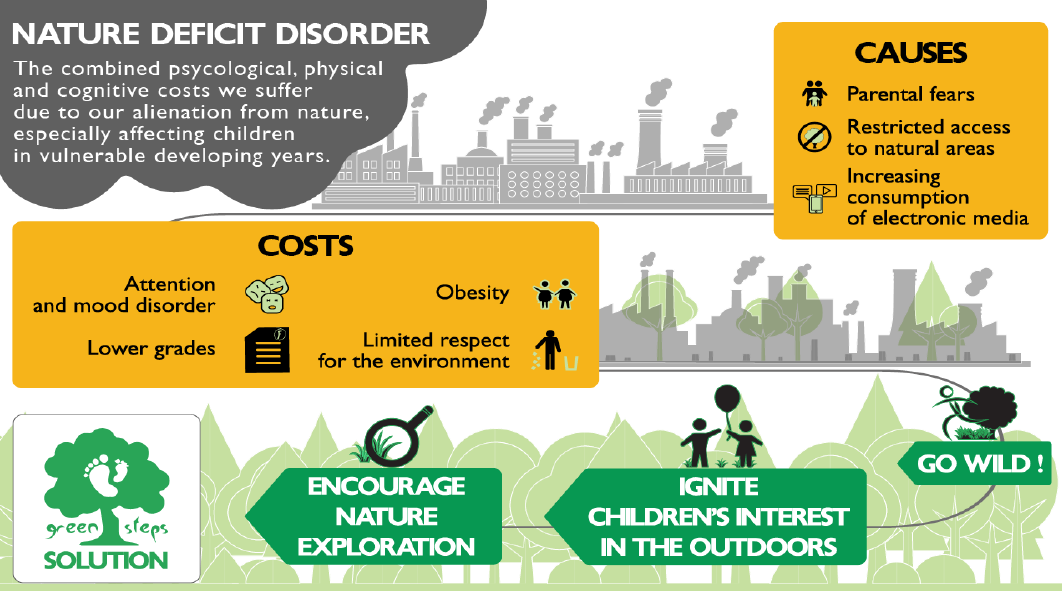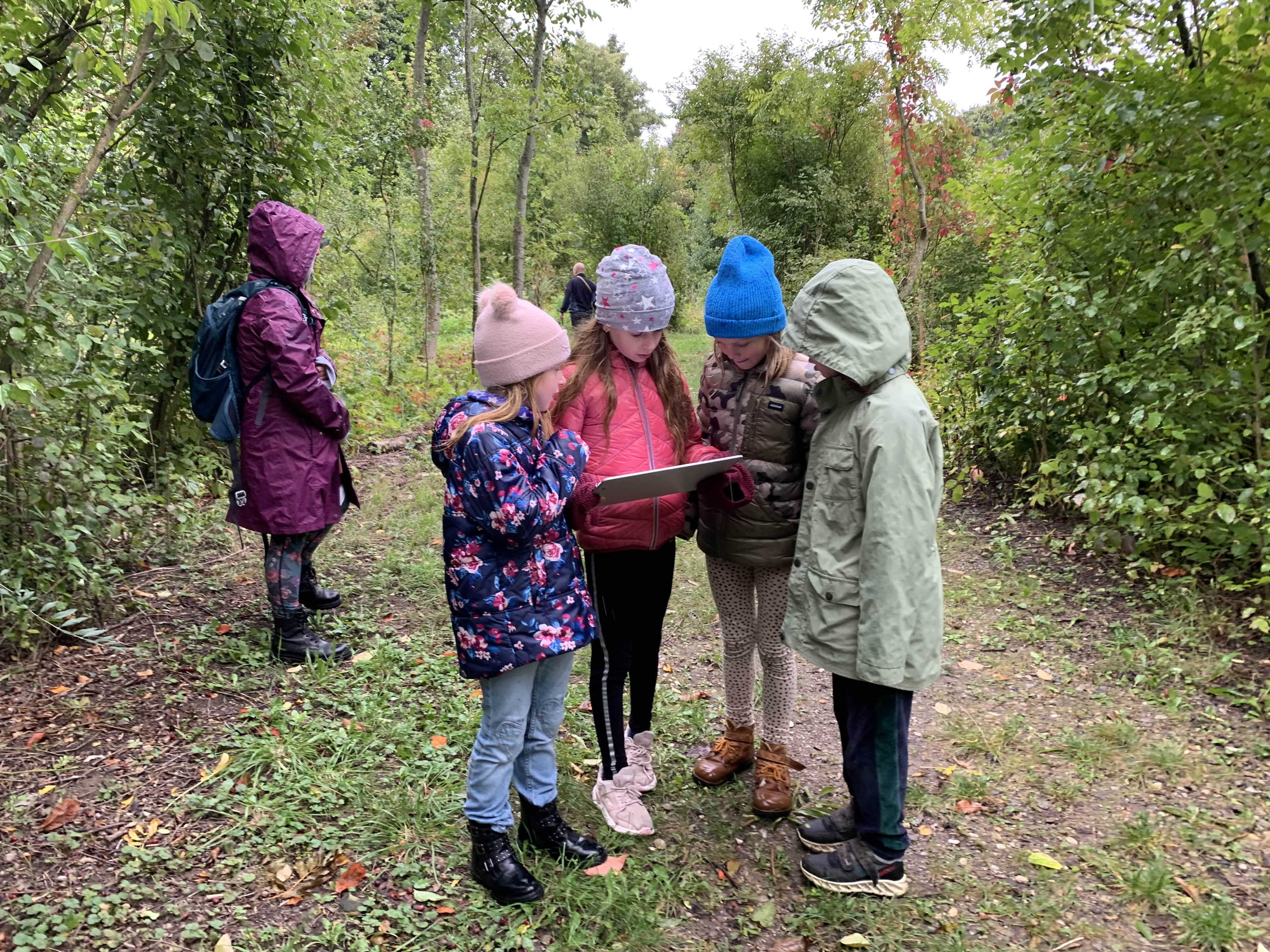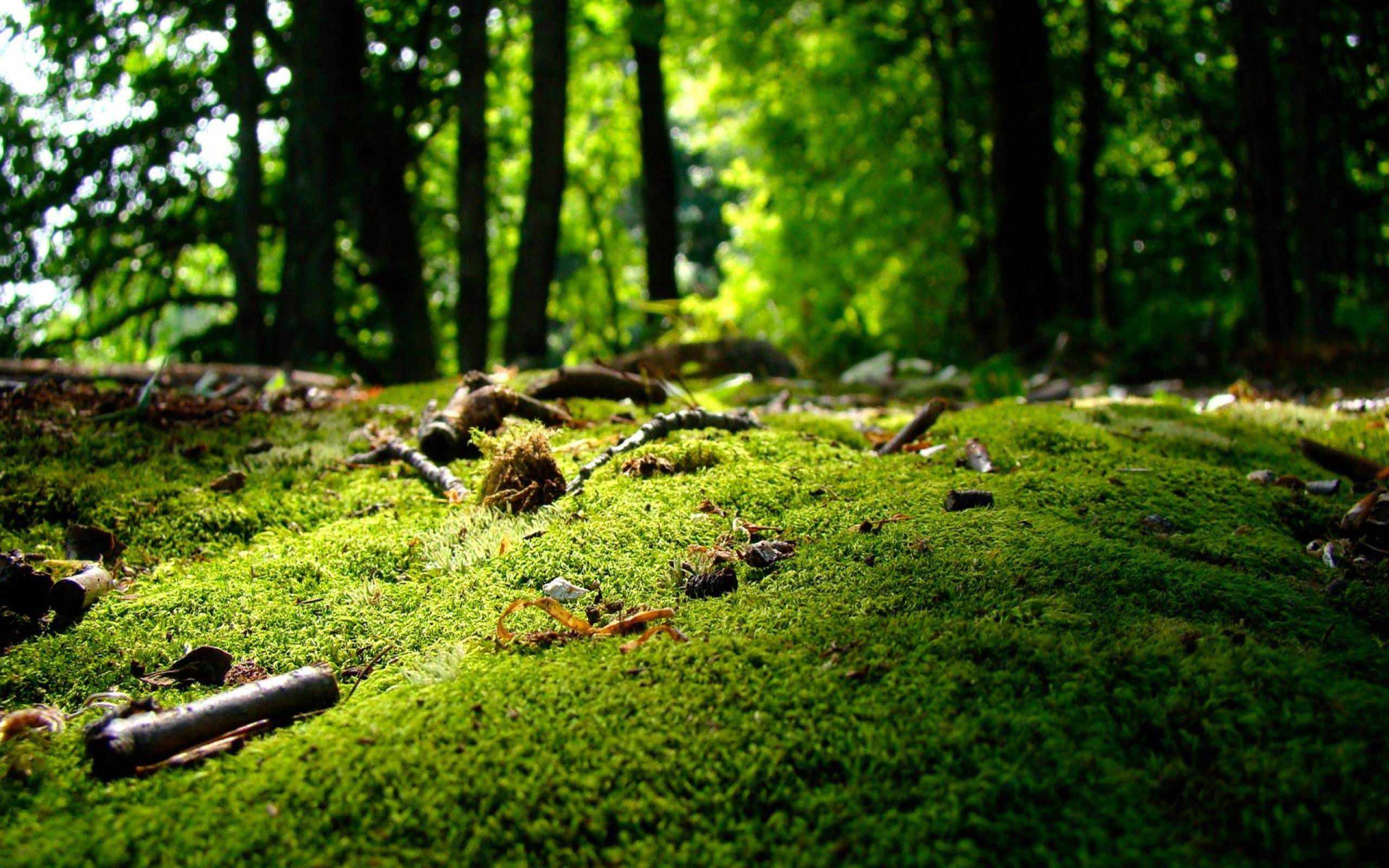Author:
Youssef Hamza
Short summary:
Last Monday we facilitated a treasure hunt in Sonnenpark with an intergenerational class. The adverse weather and the enthusiasm of the children made us think once again about Natural Deficit Disorder and its potential solutions.

Have you ever heard about Natural Deficit Disorder? Probably not and that’s one of the reasons for which this problem seems so hard to resolve. Let’s try to explain this phenomenon from another perspective: how often have you heard your friend complaining about the fact that his/her children are hyperactive, present an attention deficit or do not want to go to school? Many, right? These struggles are just the different faces of the same problem of our era: we just do not spend enough time outdoors. Many studies proved the correlation between a low exposition to nature and negative well-being, especially in children. Conversely, a significant amount of outdoor time has been proven to prevent obesity, ADHD, depression, and hyperactivity. In other words, nature can heal us and our little beloved ones.

One could say that, especially our bioregion, spending time outdoors is an enjoyable activity for children just in Spring and Summer. We don’t agree. Whoever has spent a significant amount of outdoor time with them knows how nature can easily activate children’s curiosity in every part of the year. Mother nature takes no vacations: it has something to offer during every season. These were our thoughts when, this past Monday, we were enjoying the beautiful environment of Sonnenpark with a Montessori intergenerational school.
The question now is the following: how to spend a cold and rainy day with children and make them enjoy it despite the weather? Of course, this is possible if the activities that we propose can make them enter into the “explorer mode”! That’s why we organized our “Ghostbuster” treasure hunt. I will make it easier and formulate the question for you: wait, wait, wait, what are you talking about?! To be short, we placed one tree spirit on each BFG of the park and designed a map to enable our adventurers to find them. A haunted forest, one hour of time and an exploration mission were enough to make our allies ready to discover what Sonnenpark had to offer.
-min.jpg)
We did not even have the time to realise that the hunt started, and the children were already running off with their maps. They truly wanted to meet the spirits and complete their mission; no raindrop could stop them. Every spirit allowed them to learn something new without even realising: the fibrous bark of the Thuja Plicata, the fruits of the Horse chestnut, the shape of the leaves of the Fraxinus.
One hour of hard work can be challenging, but nothing cannot be solved by a good snack break. A hot cup of tea and a good snack were all that we needed for restoring our energy! We believe that going wild can increase our environmental knowledge only if exploration and information processes go together. That’s why we make children express their learnings in the Nature Journals. In this specific case, the nature journal allowed us to catalogue the species of the trees that guested the spirits of the forest.

Learning sometimes can be boring but it does not mean that it is not necessary. Indeed, what we want to do is not substitute learning time with exploration: we want to make people realise that nature can help us in making learning time attractive and fun. We were told since we were children that studying and going outdoors were opposite activities: we could go out just after spending half of the day in a sad and little classroom, or after finishing our homework in another little room. But these experiences teach us that these two apparently contrasting activities can be done together.
When you visit a forest owned by tree spirits you cannot think to leave without showing your gratitude for the nature that kindly allowed you to be its guest. Of course, this concept is rooted in an imaginary world made by spirits, fairies, and young ghostbusters. In other words, the world of a child. Then, why am I writing these boring words about imaginary life forms?! The reason is actually very simple: our gratitude for the spirit of the forest is nothing else than a metaphor for our gratitude for nature. After all, isn’t it the forest that kindly hosted us and our hunt? Aren’t we able as a species to live just because this planet allowed and allows us to do it through its favourable conditions? And isn’t the climate crisis nothing else than Mother Nature telling mankind that it is exploiting excessively its resources throughout the years?
-min.jpg)
Teaching kids to be grateful to the tree spirits is teaching them to be grateful to nature. We decorated a beautiful Horse Chestnut according to the Shintoist tradition, and each child expressed a wish to the spirit of the tree. Each child gained one important takeaway from this experience: we should be grateful, and we should show our gratitude to our environment. We should be grateful because, in exchange for only our respect and gratitude, it provides us with water, trees, and oxygen. It allows us to experience and make children experience the solution to Natural Deficit Disorder, to heal our bodies and our minds. How can one not be grateful for all of this?





